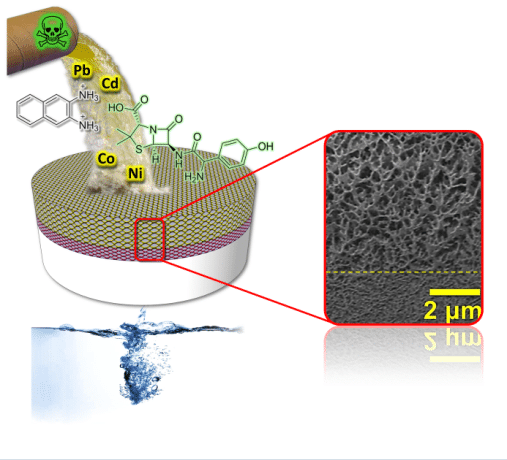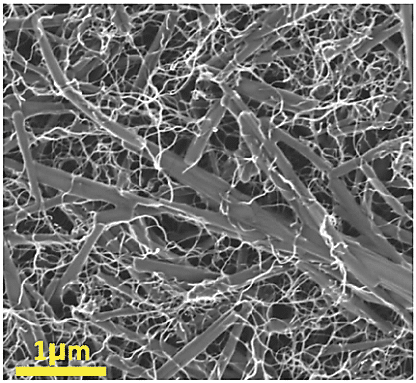
WATER PURIFICATION AND CNT HYBRIDS THROUGH SELF-ASSEMBLY OF PERYLENE DIIMIDES
Self-assembly of aromatic systems in aqueous media was employed to create new functional materials. We will present our work on adaptive materials capable of reversible supramolecular depolymerization, which enables switching of mechanical properties and optical functions. Related to the challenge of using noncovalent materials in real-life applications, we will describe our recent work on a tough hybrid supramolecular membrane for nanofiltration/water purification,1 and a new family of materials based on organic nanocrystals and carbon nanotubes2 that may be applied as device construction materials.3


Fig 1. Left: A scheme of the layered self-assembled membrane for water purification and its structure as observed via cryo-SEM microscopy; Right: A SEM image of a hybride membrane made from debundeled CNTs and perylene diimide nanocrystals.
Acknowledgements
This work was supported by the Israel Science Foundation, Minerva Foundation, Gerhardt M. J. Schmidt Minerva Center for Supramolecular Architectures, and the Helen and Martin Kimmel Center for Molecular Design. The SEM and TEM studies were conducted at the Irving and Cherna Moskowitz Center for Nano and BioNano Imaging (Weizmann Institute of Science).
- E. Cohen, H. Weissman, E. Shimoni, I. Kaplan-Ashiri, K. Werle, W. Wohlleben, B. Rybtchinski, Angew. Chemie Int. Ed. 2017, 56, 2203–2207.
- A. Niazov-Elkan, H. Weissman, S. Dutta, S. R. Cohen, M. A. Iron, I. Pinkas, T. Bendikov, B. Rybtchinski, Adv. Mater. 2018, 30, 1705027.
- R. B. K. Siram, M. V. Khenkin, A. Niazov-Elkan, K. M. Anoop, H. Weissman, E. A. Katz, I. Visoly-Fisher, B. Rybtchinski, Nanoscale, 2019, 11, 3733-3740
Powered by Eventact EMS